A window that is leaking, cracked, or faulty in a certain way can make you wonder whether to repair it or to replace it altogether. In many cases, homeowners will most likely go for a replacement. One factor that might turn the choice into a dilemma, however, is the cost involved. Since installing new windows may require you to break the bank, repairing them might be the way to go. The only issue is that a simple fix isn’t always feasible. Knowing which problems call for repairs and which ones warrant a replacement allows you to take the most suitable course of action for your windows.
When to Have Your Window Repaired
Glass is Cracked
The decision of how to deal with a cracked window comes down to safety and aesthetics. In other words, a window with cracked glass is not only a visual nuisance but can also pose an injury hazard. In many cases, simply replacing the glass should be enough. If your window is single-pane, for instance, having only the glass replaced is both effective and inexpensive. You can expect to pay an average of $13 per square foot for tempered glass. Multi-paned windows with cracked glass, however, may require replacing the sash — which may cost $175 at the very least. But if this issue is just one of many that have been persisting for quite some time, you may want to look into a new window.
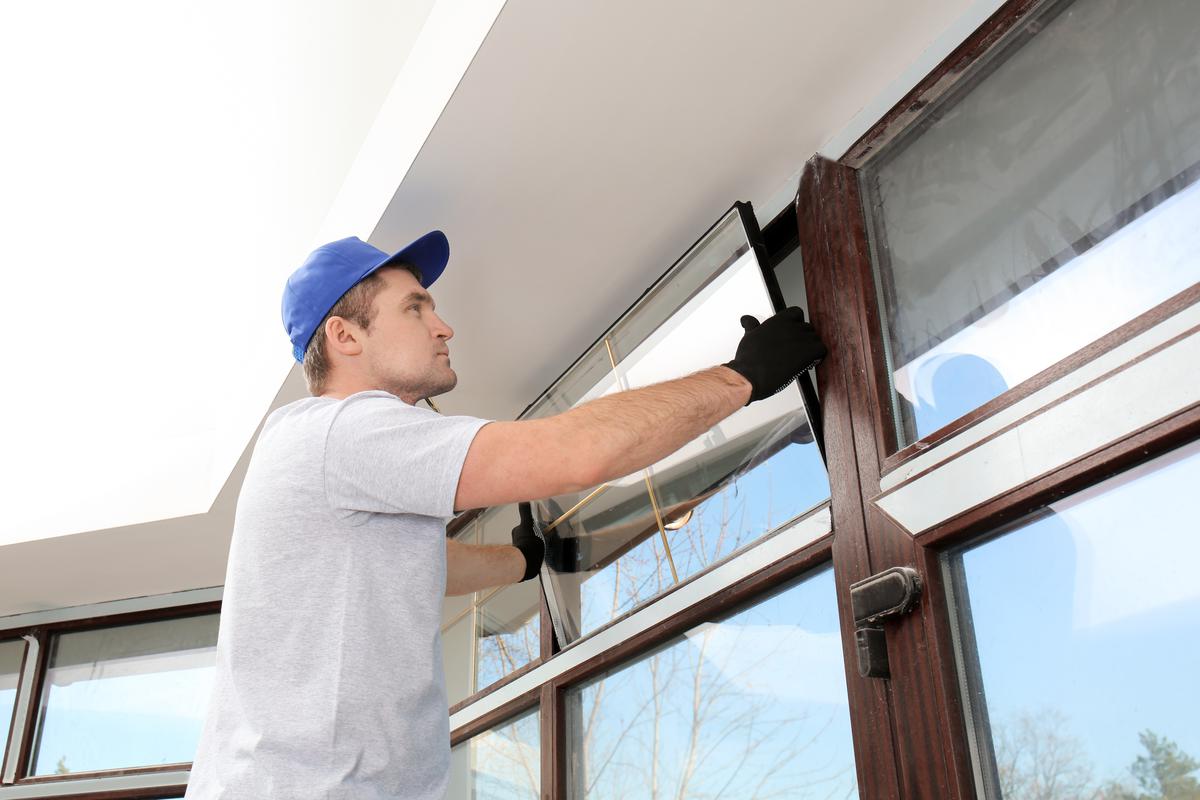
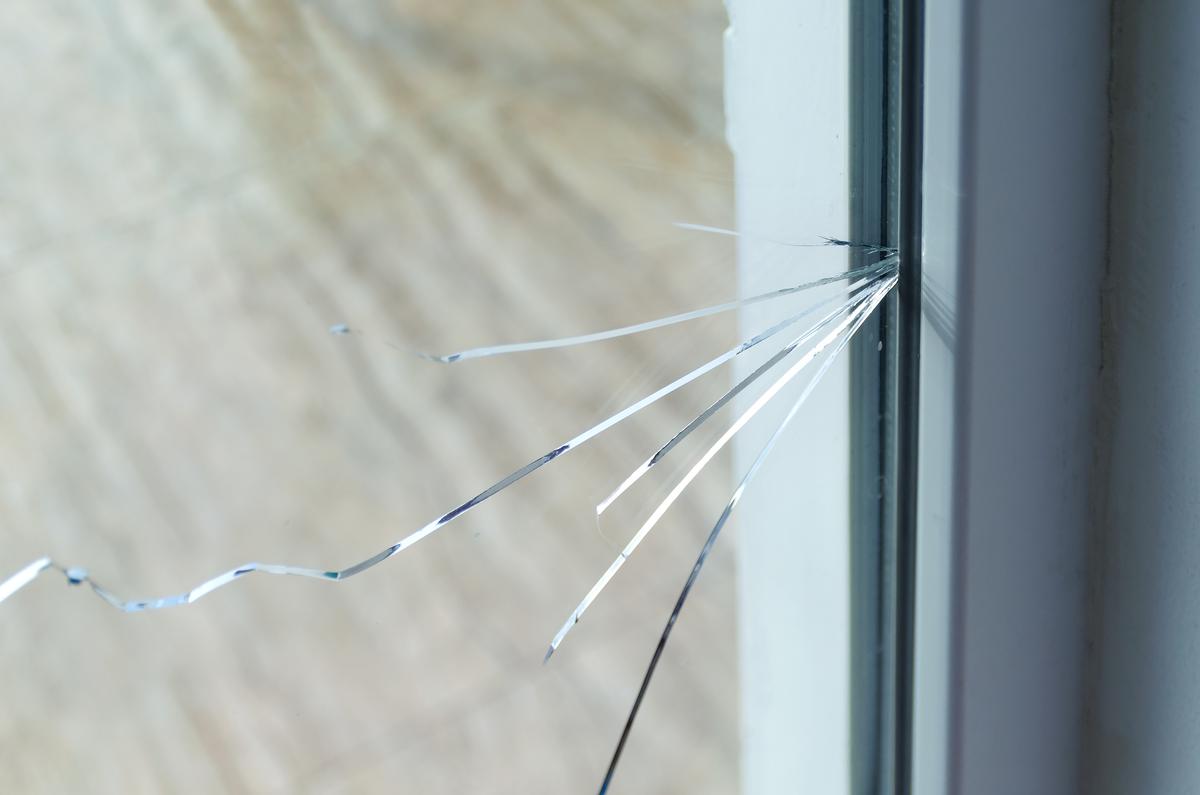
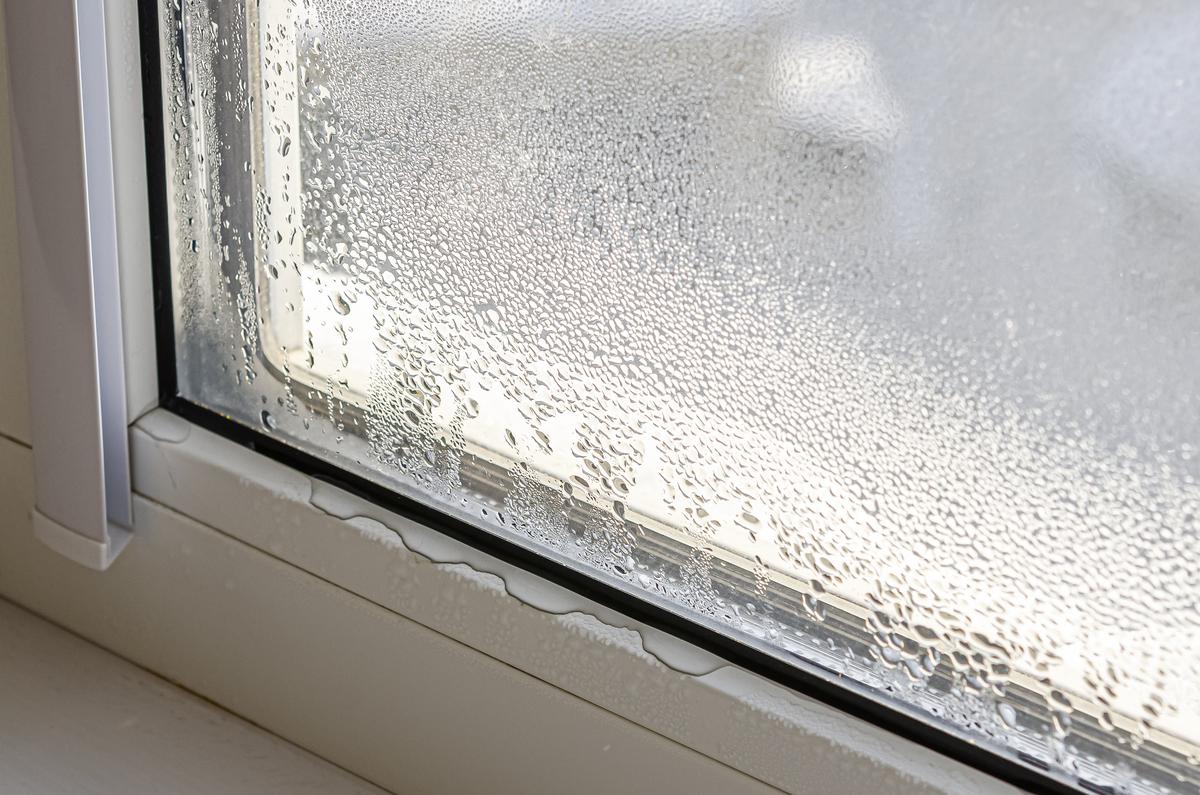
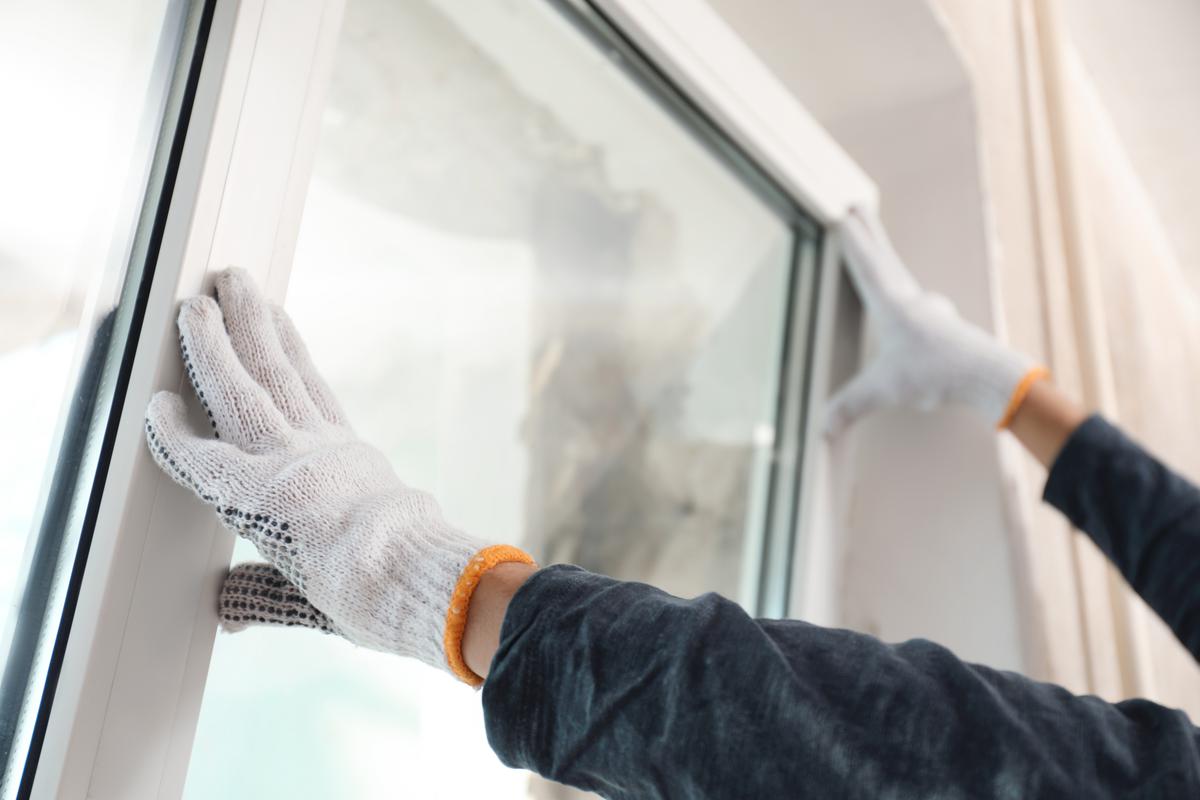
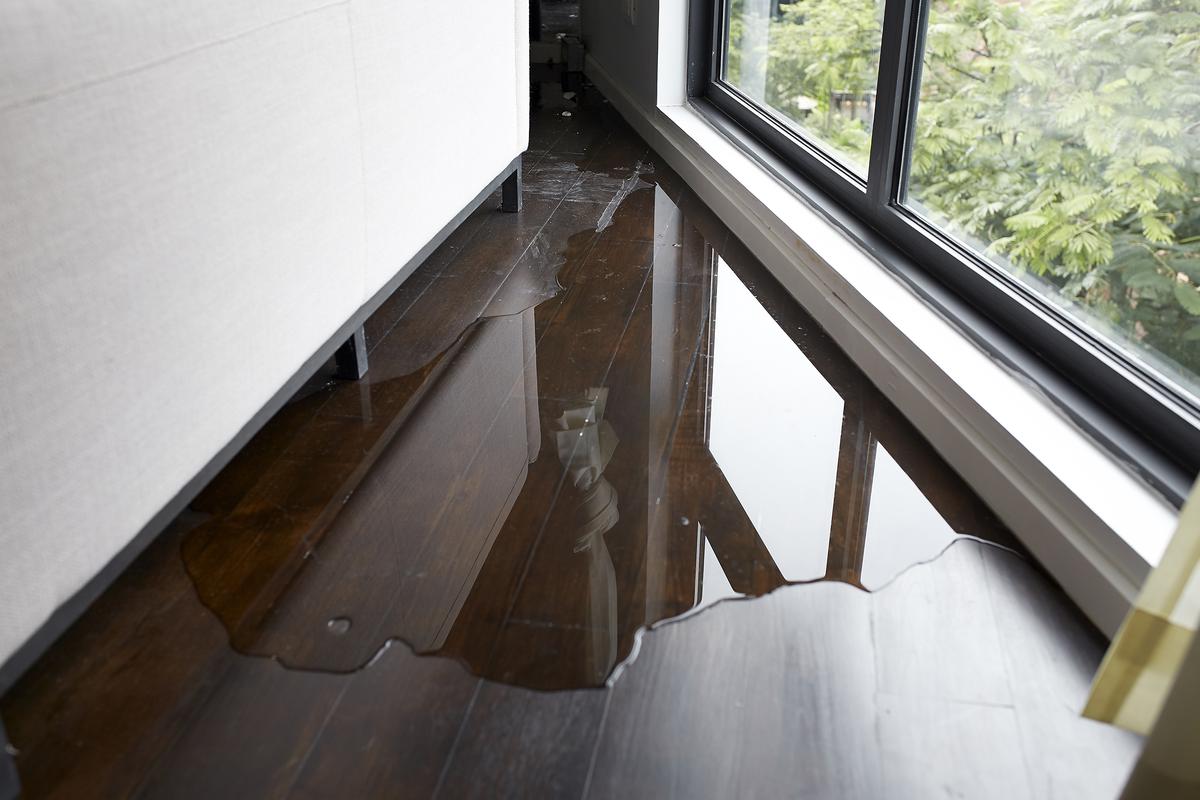




comments